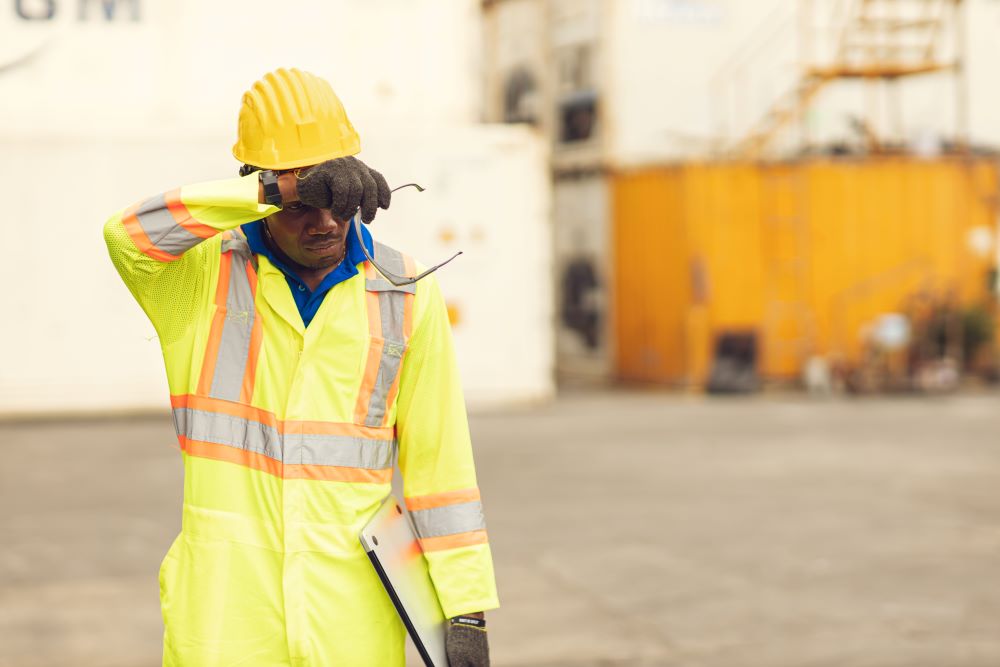On July 2, OSHA announced its proposed heat stress rule, which can be found here. OSHA has separated the proposed regulatory text from the preamble (explanatory text) and the economic analysis. (A smart move).
ISEA participated in an early OSHA comment period; and submitted comments on OSHA’s proposed Draft Regulatory Framework.
ISEA also submitted comments to state-based proposed heat stress rules in Washington State, California, and Maryland. ISEA testified during the California and Maryland rulemaking efforts.
OSHA turned away a heat stress petition in 2012. Reacting to the trend that each year is hotter than the last and because a 2023 White House heat stress memo instructed the Labor Department to take action to protect workers from extreme heat, OSHA has been laser focused on completing the proposed rule.
OSHA’s Approach
OSHA calls for a performance-based approach, as opposed to a specification standard. The agency will require a few high-level actions employers must take, such as: employee engagement; training on hazards, review and evaluate the plan, make the plan available to all employee, etc…
The rule does not require the use of “cooling PPE,” but says if it is used, the cooling PPE must be effective during the time it is used.
In addition, the proposed rule does not require employers to provide electrolyte replenishment beverages but says employers can give replenishing electrolyte beverages.
Proposed Rule Particulars
“Cooling personal protective equipment (PPE) means equipment that is worn to protect the user against heat-related injury or illness. This definition is included to clarify the requirement under proposed paragraph (e)(1) that if the employer provides employees with cooling PPE, the cooling properties must be maintained during use.”
The rule also says ”cooling PPE typically employs various technologies to facilitate heat dissipation and enhance comfort, such as water absorption crystals or phase change materials (PCM) which draw heat away from the wearer. Cooling bandanas and neck wraps are worn around the neck and can be soaked in cold water. Additionally, other types of clothing may incorporate materials that have cooling properties.”
Comments and a hearing
Comments will be due 120 days after the rule is published. There will likely be a hearing. There’s also an election coming. A change in Administration will certainly impact this proposed rule.
The ISEA Heat Stress Product Group will meet later in July to begin crafting comments.
Please contact Dan Glucksman at 703-795-6064 or at dglucksman@safetyequipment.org with any questions or for more information on this proposed rule.


